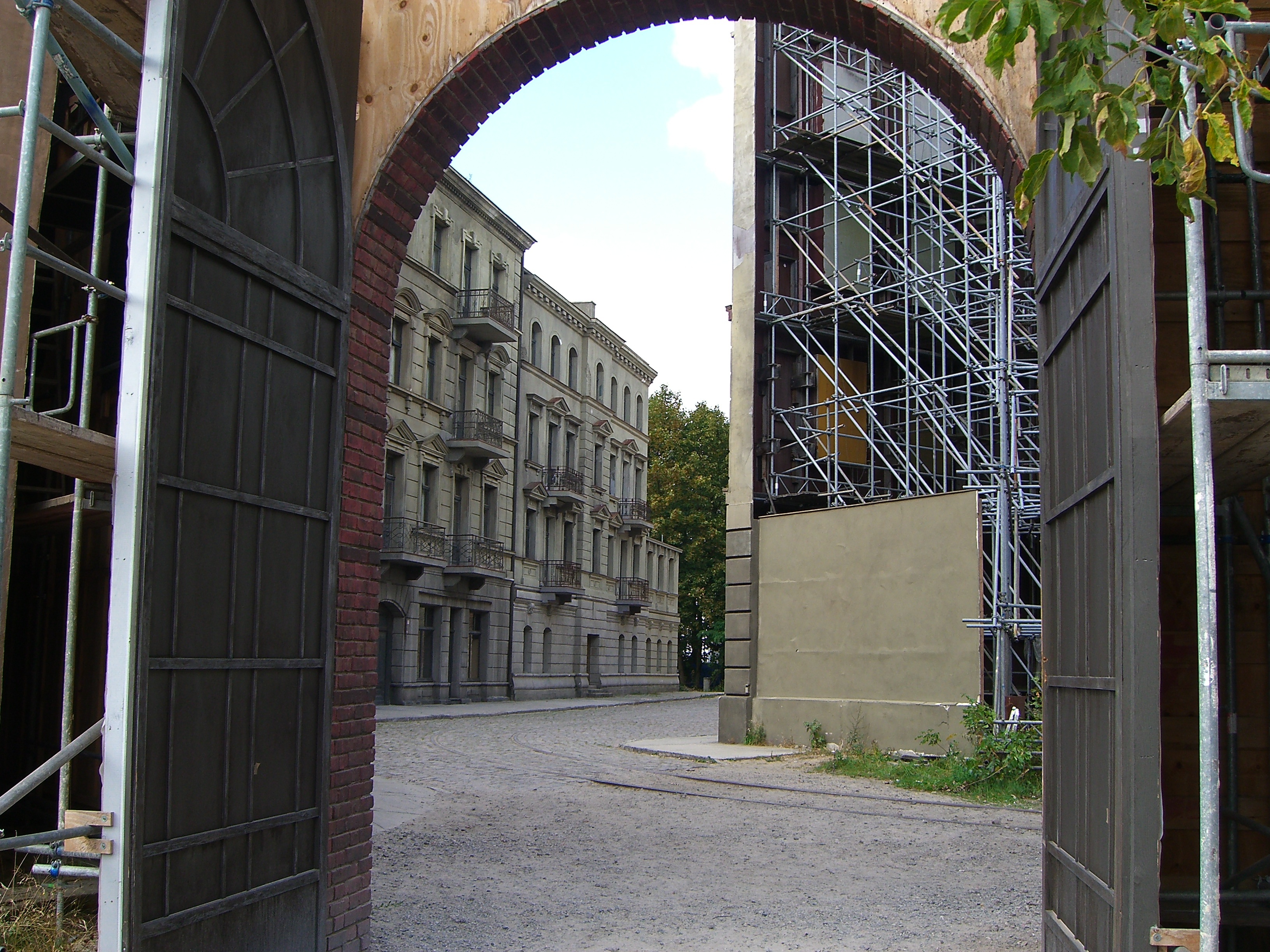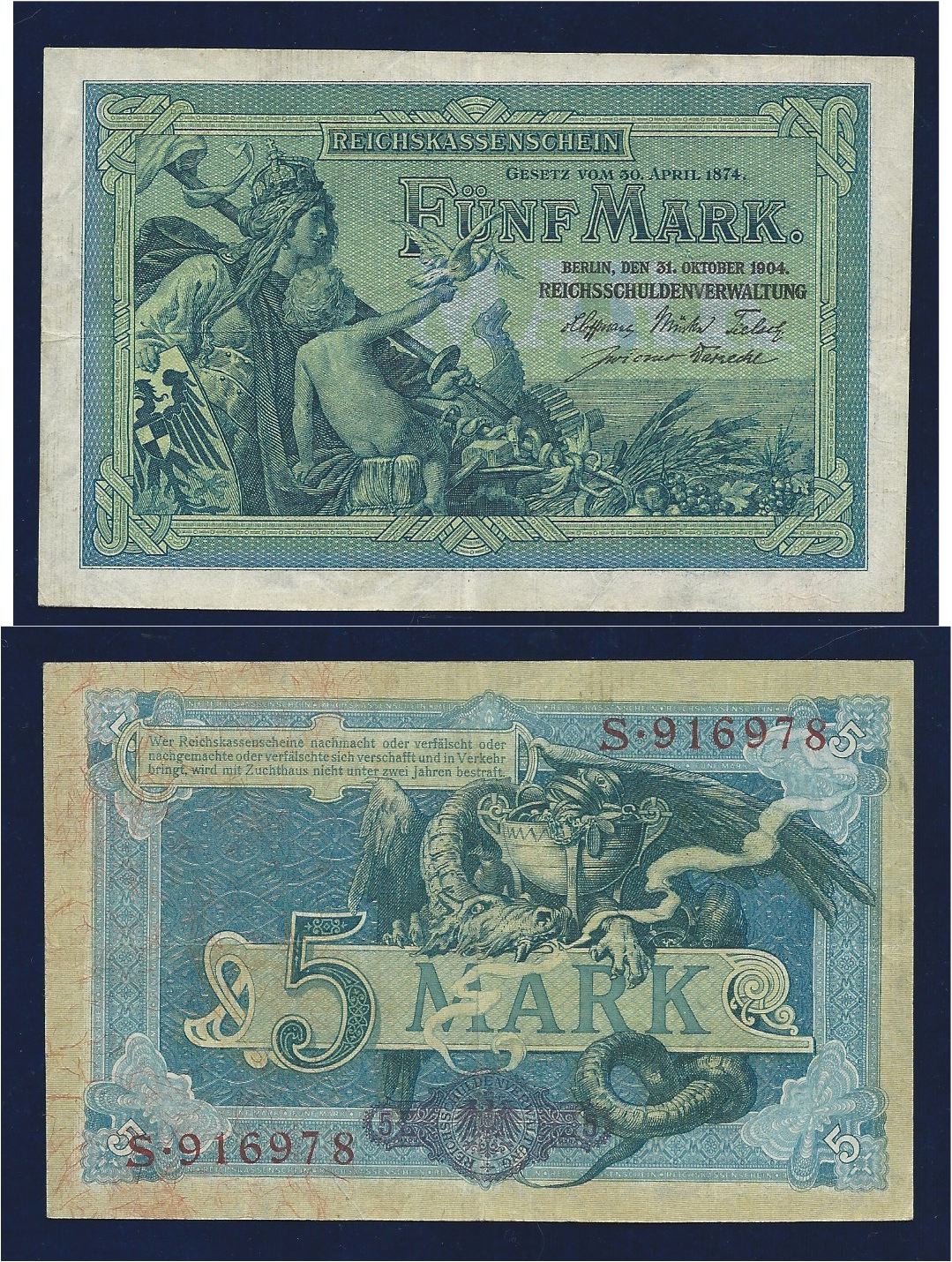|
Paul Davidson (producer)
Paul Davidson (30 March 1867 – 18 July 1927) was a German film producer. Biography Paul Davidson was born in Lötzen, East Prussia (modern Giżycko, Poland) the son of Moritz Davidson. He initially worked as a commercial traveller in the textile industry and became the manager of a security firm in Frankfurt am Main in 1902. On vacation to Paris he saw his first movie, a Georges Méliès film, in a cinema. Back in Frankfurt he founded the "Allgemeine Kinematographen-Theater Gesellschaft, Union-Theater für lebende und Tonbilder GmbH" (A.K.T.G.) on 21 March 1906 and opened Mannheim’s first permanent cinema, the Union-Theater (U.T.). Further cinemas followed in Frankfurt, Düsseldorf, Cologne, Strasbourg, Amsterdam and Brussels. On 4 September 1909 Davidson opened the Union-Theater at Berlin, Alexanderplatz. Another Union-Theater was opened at Berlin's Unter den Linden on 21 August 1910, by 1910 Davidson had built up a "sizeable chain of 600–1000 seater luxury cinemas".El ... [...More Info...] [...Related Items...] OR: [Wikipedia] [Google] [Baidu] |
Unter Den Linden
Unter den Linden (, "under the linden trees") is a boulevard in the central Mitte district of Berlin, the capital of Germany. Running from the City Palace to Brandenburg Gate, it is named after the linden (lime in England and Ireland, not related to citrus lime) trees that line the grassed pedestrian mall on the median and the two broad carriageways. The avenue links numerous Berlin sights, landmarks and rivers for sightseeing. Overview Unter den Linden runs east–west from the site of the Stadtschloss royal palace (main residence of the House of Hohenzollern) at the Lustgarten park, where the demolished Palace of the Republic once stood, to Pariser Platz and Brandenburg Gate. Eastward the boulevard crosses the Spree river at Berlin Cathedral and continues as Karl-Liebknecht-Straße. The western continuation behind Brandenburg Gate is Straße des 17. Juni. Major north–south streets crossing Unter den Linden are Friedrichstraße and Wilhelmstrasse. Unter den Linden, w ... [...More Info...] [...Related Items...] OR: [Wikipedia] [Google] [Baidu] |
Pola Negri
Pola Negri (; born Apolonia Chalupec ; 3 January 1897 – 1 August 1987) was a Polish stage and film actress and singer. She achieved worldwide fame during the silent and golden eras of Hollywood and European film for her tragedienne and femme fatale roles and was acknowledged as a sex symbol. Raised in the Congress Kingdom of Poland, Negri's childhood was marked by several personal hardships: After her father was sent to Siberia, she was raised by her single mother in poverty, and suffered tuberculosis as a teenager. Negri recovered, and went on to study ballet and acting in Warsaw, becoming a well-known stage actress there. In 1917, she relocated to Germany, where she began appearing in silent films for the Berlin-based UFA studio. Her film performances for UFA came to the attention of Hollywood executives at Paramount Pictures, who offered her a film contract. Negri signed with Paramount in 1922, making her the first European actress in history to be contracted in Hollywood. ... [...More Info...] [...Related Items...] OR: [Wikipedia] [Google] [Baidu] |
Fern Andra
Fern Andra, Dowager Baroness von Weichs (born Vernal Edna Andrews, November 24, 1893 – February 8, 1974) was an American actress, film director, script writer, and producer. Next to Henny Porten and Asta Nielsen, she was one of the most popular and well-known actresses in German silent film. Biography Vernal Edna Andrews was born in Watseka, Illinois, on November 24, 1893, the daughter of William P. Andrews and Sarah Emily Evett, also known as Sadie. Vernal was of English and Scottish descent on her father's side, while she was of English and German on her mother's. When William died in 1898, Sadie remarried Frank St. Clair, a vaudeville actor, circus performer and tight-rope walker. Andra was already appearing in public in a tightrope act by the age of four. She later trained in song and dance. As early as 1899, in New York, she made her first film, a version of ''Uncle Tom's Cabin''. However, she remained with the circus, with which she embarked on an extensive tour ac ... [...More Info...] [...Related Items...] OR: [Wikipedia] [Google] [Baidu] |
Paul Wegener
Paul Wegener (11 December 1874 – 13 September 1948) was a German actor, writer, and film director known for his pioneering role in German expressionist cinema. Acting career At the age of 20, Wegener decided to end his law studies and concentrate on acting, touring the provinces before joining Max Reinhardt's acting troupe in 1906. In 1912, he turned to the new medium of motion pictures and appeared in the 1913 version of '' The Student of Prague''. It was while making this film that he first heard the old Jewish legend of the Golem and proceeded to adapt the story to film, co-directing and co-writing the script with Henrik Galeen. His first version of the tale '' The Golem'' (1915, now lost) was a success and firmly established Wegener's reputation. In 1917, he made a parody of the story called ''Der Golem und die Tänzerin'', but it was his reworking of the tale, '' The Golem: How He Came into the World'' (1920) which stands as one of the classics of German cinema and help ... [...More Info...] [...Related Items...] OR: [Wikipedia] [Google] [Baidu] |
Ernst Lubitsch
Ernst Lubitsch (; January 29, 1892November 30, 1947) was a German-born American film director, producer, writer, and actor. His urbane comedies of manners gave him the reputation of being Hollywood's most elegant and sophisticated director; as his prestige grew, his films were promoted as having "the Lubitsch touch". Among his best known works are '' Trouble in Paradise'', ''Design for Living'', ''Ninotchka'', ''The Shop Around the Corner'', ''To Be or Not to Be'' and '' Heaven Can Wait''. In 1946, he received an Honorary Academy Award for his distinguished contributions to the art of the motion picture. Early life Lubitsch was born in 1892 in Berlin, the son of Simon Lubitsch, a tailor, and Anna (née) Lindenstaedt. His family was Ashkenazi Jewish; his father was born in Grodno in the Russian Empire (now Belarus), and his mother was from Wriezen outside Berlin. He turned his back on his father's tailoring business to enter the theater, and by 1911 was a member of Max Reinhar ... [...More Info...] [...Related Items...] OR: [Wikipedia] [Google] [Baidu] |
Studio Babelsberg
Babelsberg Film Studio (german: Filmstudio Babelsberg), located in Potsdam-Babelsberg outside Berlin, Germany, is the second oldest large-scale film studio in the world only preceded by the Danish Nordisk Film (est. 1906), producing films since 1912. With a total area of about and a studio area of about it is Europe's largest film studio. Hundreds of films, including Fritz Lang's ''Metropolis'' and Josef von Sternberg's ''The Blue Angel'' were filmed there. More recent productions include ''V for Vendetta'', '' Captain America: Civil War'', ''Æon Flux'', '' The Bourne Ultimatum'', ''Valkyrie'', ''Inglourious Basterds'', ''Cloud Atlas'', ''The Grand Budapest Hotel'', ''The Hunger Games'', ''Isle of Dogs'' and ''The Matrix Resurrections''. Today, Studio Babelsberg remains operational mainly for feature film productions. It also acts as producer on German productions and co-producer on international high-budget productions. Since January 2022 it has been owned by TPG Real Estate ... [...More Info...] [...Related Items...] OR: [Wikipedia] [Google] [Baidu] |
Tempelhof
Tempelhof () is a locality of Berlin within the borough of Tempelhof-Schöneberg. It is the location of the former Tempelhof Airport, one of the earliest commercial airports in the world. The former airport and surroundings are now a park called Tempelhofer Feld, making it the largest inner city open space in the world. The Tempelhof locality is located in the south-central part of the city. Before Berlin's 2001 administrative reform, the area of Tempelhof, together with the localities of Mariendorf, Marienfelde, and Lichtenrade, constituted a borough of its own, also called ''Tempelhof''. These localities grew from historic villages on the Teltow plateau founded in the early 13th century in the course of the German Ostsiedlung. History ''Tempelhove'' was first mentioned in a 1247 deed issued at the Walkenried Abbey as a ''Komturhof'' (''commander's court'', the smallest holding entity of a military order) of the Knights Templar, whose leadership and many fellow knights had be ... [...More Info...] [...Related Items...] OR: [Wikipedia] [Google] [Baidu] |
Bundesarchiv Bild 146-1976-028-11, Berlin, Alexanderplatz
The German Federal Archives or Bundesarchiv (BArch) (german: Bundesarchiv) are the National Archives of Germany. They were established at the current location in Koblenz in 1952. They are subordinated to the Federal Commissioner for Culture and the Media ( Claudia Roth since 2021) under the German Chancellery, and before 1998, to the Federal Ministry of the Interior. On 6 December 2008, the Archives donated 100,000 photos to the public, by making them accessible via Wikimedia Commons. History The federal archive for institutions and authorities in Germany, the first precursor to the present-day Federal Archives, was established in Potsdam, Brandenburg in 1919, a later date than in other European countries. This national archive documented German government dating from the founding of the North German Confederation in 1867. It also included material from the older German Confederation and the Imperial Chamber Court. The oldest documents in this collection dated back to the year ... [...More Info...] [...Related Items...] OR: [Wikipedia] [Google] [Baidu] |
German Gold Mark
The German mark (german: Goldmark ; sign: ℳ) was the currency of the German Empire, which spanned from 1871 to 1918. The mark was paired with the minor unit of the pfennig (₰); 100 pfennigs were equivalent to 1 mark. The mark was on the gold standard from 1871–1914, but like most nations during World War I, the German Empire removed the gold backing in August 1914, and gold and silver coins ceased to circulate. After the fall of the Empire due to the November Revolution of 1918, the mark was succeeded by the Weimar Republic's mark, derisively referred to as the Papiermark ("Paper mark") due to hyperinflation in the Weimar Republic from 1918–1923. History The introduction of the German mark in 1873 was the culmination of decades-long efforts to unify the various currencies used by the German Confederation.pp 205-218 https://books.google.com/books?id=GrJCAAAAIAAJ&pg=PA205#v=onepage&q&f=false The Zollverein unified in 1838 the Prussian and South German currenc ... [...More Info...] [...Related Items...] OR: [Wikipedia] [Google] [Baidu] |
Urban Gad
Peter Urban Bruun Gad (12 February 1879 – 26 December 1947) was a Danish film director, stage actor, screenwriter, and author. He directed 40 films between 1910 and 1927. His wife Asta Nielsen starred in 30 of his films, also in his début the film ''Afgrunden'' (''The Abyss'') from 1910. They moved to Germany in 1911 where Gad worked with Paul Davidson until 1922. His mother was the playwright Emma Gad. In 1873, the painter Paul Gauguin married his father's cousin, Mette-Sophie Gad. Between 1912 and 1918, Gad was married to actress Asta Nielsen. His films include a German-language adaptation of Gerhart Hauptmann's play ''The Assumption of Hannele'', which Gad directed in 1922.. Filmography *'' En rekrut fra 64'' *''The Abyss'' (''Afgrunden'') (1910) *'' Heißes Blut'' (1911) *''The Moth'' (''Nachtfalter'') (1911) *'' Den sorte drøm'' (1911) *'' Im großen Augenblick'' (1911) *'' Zigeunerblut'' (1911) *'' Der fremde Vogel'' (1911) *'' Dyrekøbt glimmer'' *''The Trait ... [...More Info...] [...Related Items...] OR: [Wikipedia] [Google] [Baidu] |
The Abyss (1910 Film)
''The Abyss'' ( da, Afgrunden), also known as ''Woman Always Pays'', is a 1910 Danish silent black-and-white drama film, written and directed by Urban Gad. The lead performance and natural acting by Asta Nielsen led to her international stardom. Because of the overt eroticism of Nielsen's performance, the film was censored in Norway and Sweden. Plot Knud, a vicar's son, meets Magda, a piano teacher, on a tram. He falls in love with her and introduces her to his parents. She refuses to go with them to the Sunday service and convinces him to go to the Circus with her. She dances with the performers and at night, one of them, Rudolf comes to seduce her. They run away on horseback. Magda is not happy with Rudolf who keeps flirting with other girls, but she cannot leave him, despite Knud's efforts.Review, synopsis and link to watch the film: Cast *Asta Nielsen as Magda Vang *Robert Dinesen as Knud Svane, Magda's fiancé *Poul Reumert as Rudolf Stern, circus performer *Hans Neergaa ... [...More Info...] [...Related Items...] OR: [Wikipedia] [Google] [Baidu] |


.jpg)



